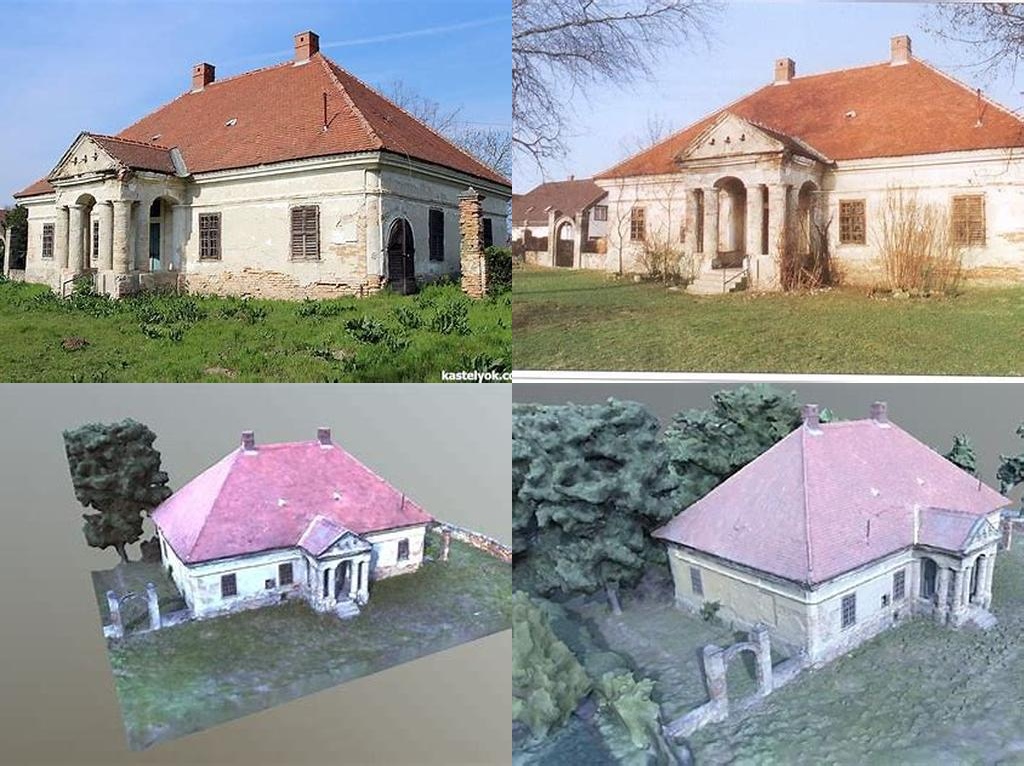
Vigyázó-kúria in Abony is one of those places that steadily beckons the curious traveler, especially those who cherish history peppered with a dash of local flavor. When you roll into the peaceful town of Abony, nestled within Hungary’s endless plains, you might initially be greeted by the sight of quiet streets, swaying poplars, and unhurried days. Yet tucked away amid this unassuming scenery is a story-laden structure, the Vigyázó Mansion, which serves as a time machine to a centuries-old era defined by landowning dynasties, societal shifts, and changing architectural fashions.
The mansion is named after the influential Vigyázó family, a clan whose nobility and wealth cast a long shadow across the region for generations. Built in the mid-19th century—most sources suggest circa 1830-1840—the mansion originally functioned as the family seat. It stands as a testament to a period when imposing homes like this were more than just private residences. They were social hubs; their stately rooms once echoed with the raucous laughter and heated debates of Hungarian society’s movers and shakers. Even today, the faded grandeur of the Vigyázó-kúria stirs the imagination. The mansion’s classicist structure, with its symmetrical façade, noble columns, and tranquil parkland, hints at the life of days gone by, when the elite gathered for balls, hunting parties, and perhaps a whispered intrigue or two beneath the sprawling chestnut trees.
Visiting the Vigyázó Mansion is like stepping onto the set of a Hungarian period drama, minus the script. The house itself, though weathered by the decades and briefly neglected during the turbulent 20th century, bears its scars gracefully. Its dignity is not just in the ornate plasterwork or the faded frescoes overhead but in the knowledge that these walls witnessed pivotal moments in Hungarian rural life. There’s something quietly powerful about tracing your steps up the grand staircase, pushing open heavy wooden doors, and letting your mind wander to what life here must have felt like in 1867, at the dawn of the Austro-Hungarian Compromise, or during the anxious years of the early 1900s as European wars changed the rhythms of country life.
The grounds themselves are reason enough to linger. Strolling the old parklands, with their mature oaks and secret garden corners, it’s not hard to picture the former residents walking arm in arm, perhaps discussing literature, politics, and the endless complexities of rural estate management. The structure whispers stories about the changing fortunes of the Vigyázó family—the rise thanks to successful management of vast tracts of land and the later decline as political storms swept through Hungary. After World War II, the mansion’s glory dimmed significantly: like so many other noble homes, it was seized and repurposed, serving as everything from a cultural house to offices.
Yet, despite the changes—both catastrophic and mundane—the mansion remains a living artifact. Restoration efforts, often spearheaded by local enthusiasts and loyal townsfolk, continue to fight against time’s inexorable march. It’s not rare to find a temporary exhibition occupying one of the halls, or musicians rehearsing chamber music beneath the high ceilings, breathing contemporary life into venerable foundations. The contrast between the old and the new here is palpable: a local student group practicing theater, sunbeams filtering through cracked windowpanes, the scent of old wood and wildflowers mingling in the hallway.
But perhaps the charm lies not just in what’s visible, but in the layered experience the site offers. Vigyázó-kúria in Abony isn’t about gleaming perfection or tourist crowds. It’s about discovery—the sense of uncovering a lesser-known piece of Hungary’s diverse tapestry. Taking time to meander through the rooms and gardens brings a sort of slow-release satisfaction, the pleasure of finding royalty in rusticity, faded grandeur in what’s still standing. You might stumble across an old gardener who knows stories from his grandparents’ time, or catch the soft echo of Hungarian poetry recited in a shadowy former ballroom.
For anyone keen on brushing shoulders with history—and not just in museums—the mansion invites you to contemplate the ebb and flow of eras, the legacy of families like the Vigyázós, and the simple, ongoing beauty of places that endure, lived in and loved by generations. Abony may seem modest on the map, but the Vigyázó Mansion stands as proof that sometimes, the most quietly magnificent tales await far from the tourist thoroughfares.





